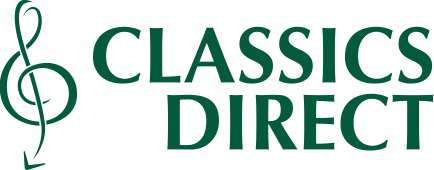‘An extraordinary contralto’, in the words of her modern counterpart, Nathalie Stutzmann.
To begin with, what made Helen Watts a contralto? ‘One aspect is the vocal range,’ continued Stutzmann in an interview from 2011, ‘but it’s not essential. Many mezzos manage the lower end of their voice very nicely, but a contralto is not that. It’s someone who mixes their voice with chest timbre from B flat downwards, whereas many mezzos have to do this from D. When we listen to Kathleen Ferrier or Helen Watts, whom we have never given her due – in my opinion an exceptional singer – we hear a real contralto.’
Born in the South Wales port of Milford Haven on 7 December 1927, Watts changed course from initial aspirations to become a psychotherapist and studied with Caroline Hatchard at the Royal Academy of Music in London. After graduating she joined the Glyndebourne Chorus and the BBC Singers, but by 1950 she was undertaking professional solo engagements. These were undertaken primarily in the field of concert and oratorio work, and her technical security, the nobility of her voice and bearing, and her professional modesty and reliability so suited her to this field that her appearances on the lyric stage and the recital platform have been undervalued as a result – an injustice partially remedied by the present release.
Watts made her debut at the BBC Proms in 1955, singing Bach arias conducted by Sir Malcolm Sargent, and came first to the attention of Gramophone readers in the magazine’s August issue of the same year through a pair of Handel recordings, Sosarme and Semele. In both cases these had been issued in almost complete form for the first time on record by L’Oiseau Lyre, the French label which so assiduously documented the music of the Baroque and earlier periods at a time when such music barely enjoyed a life beyond academic libraries. Her own contributions (as Melo in Sosarme and as Ino in Semele, both now available to hear once more on Eloquence) attracted little attention at that point, but Louise Dyer, the label’s founder, patroness and animating spirit, was sufficiently impressed at that stage to engage Watts for a solo disc, made the following year, which duly appeared in 1957 under the fanciful title of ‘Songs for Courtiers and Cavaliers’ (now reissued on Eloquence). From the opening bars of Caccini’s Dolcissimo sospiro (1602) it is evident that Dyer’s faith in her young contralto discovery was well-founded, with projection combining warmth and strength in equal and winning measure with the kind of unforced excellence of diction that had already made her a sought-after fixture on the British oratorio circuit: ‘a beautiful record’, as Gramophone’s Alec Robertson remarked.
It was followed during the late 1950s by Baroque repertoire, Bach, Purcell, Alessandro Scarlatti and more Handel for L’Oiseau Lyre, but also by an unrepeated foray into Savoy Opera with Sir Malcolm Sargent’s HMV recording of The Gondoliers, which preceded Watts’s belated stage debut proper, in Theodora with the Handel Opera Society in 1958. Her assumption of Didymus was ‘stylish and euphonious’, according to the critic of Opera magazine, employing terms which would come to echo down the years as an almost unanimous reaction to Watts’s artistry, until her final public performance, of Mahler’s Eighth Symphony at the 1985 Brighton Festival. She retired to her native Pembrokeshire and lived there until her death on 7 October 2009.



